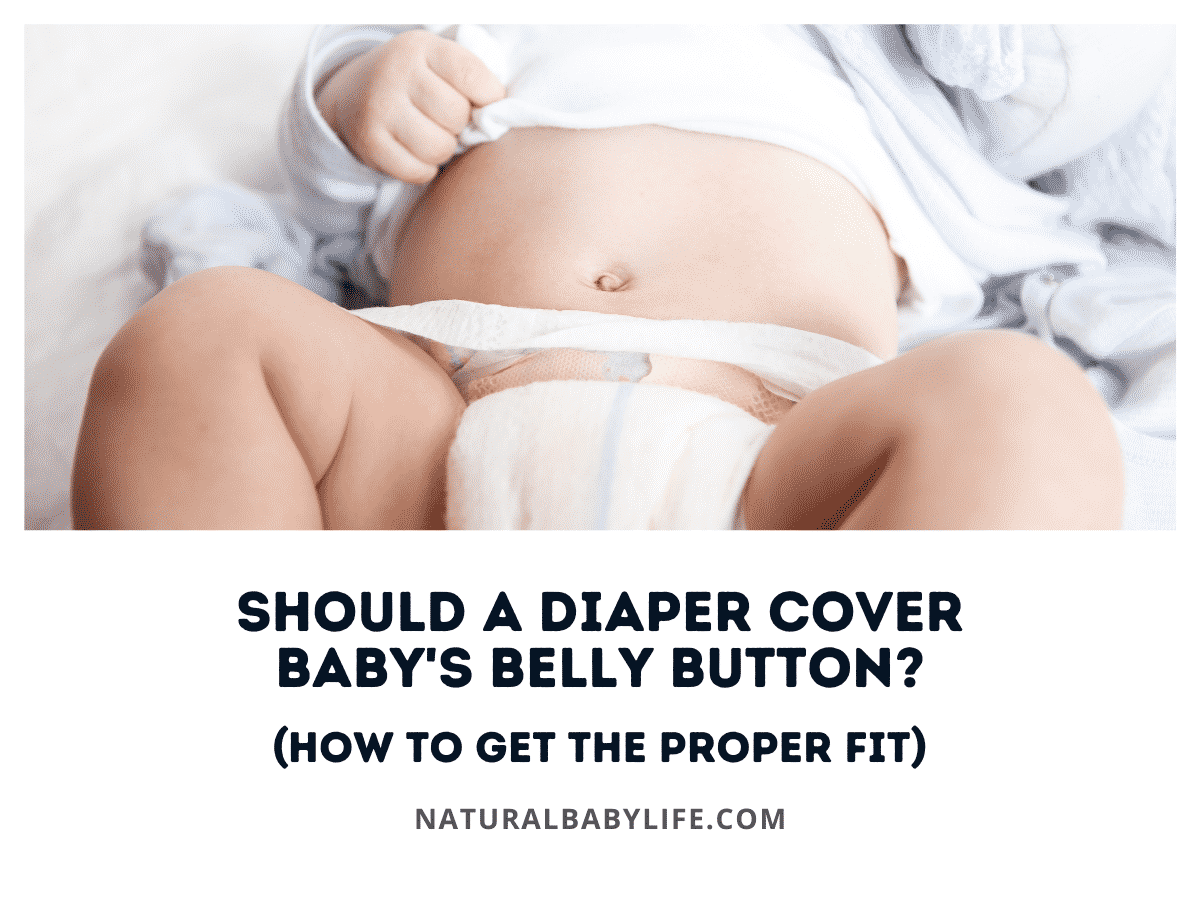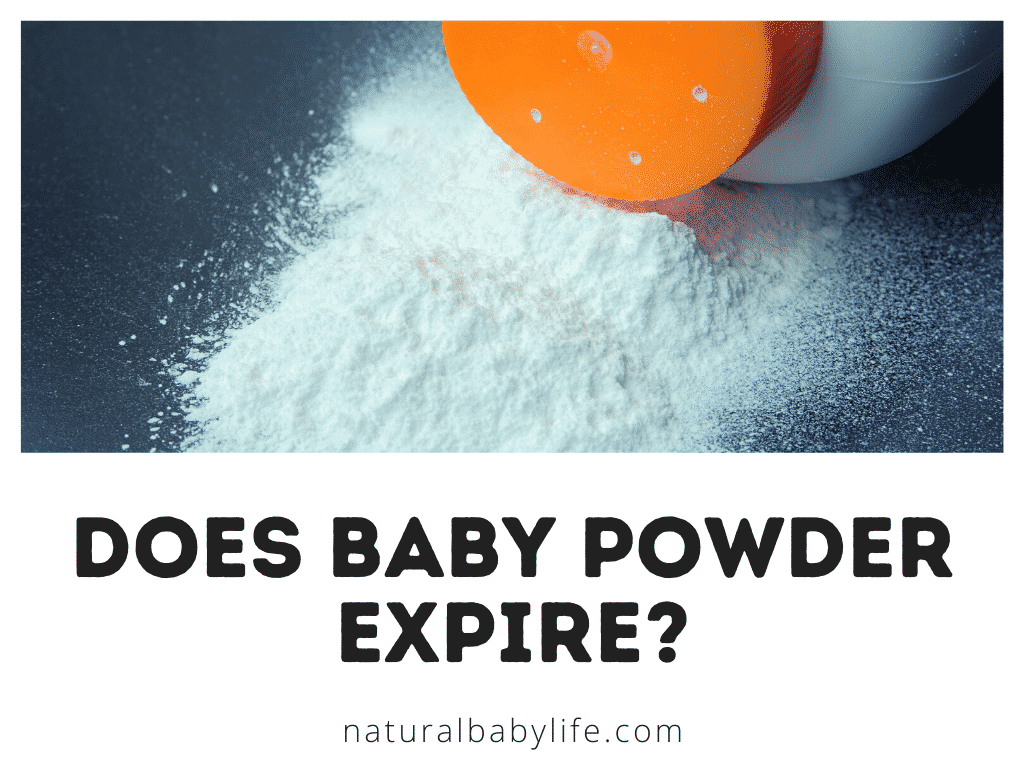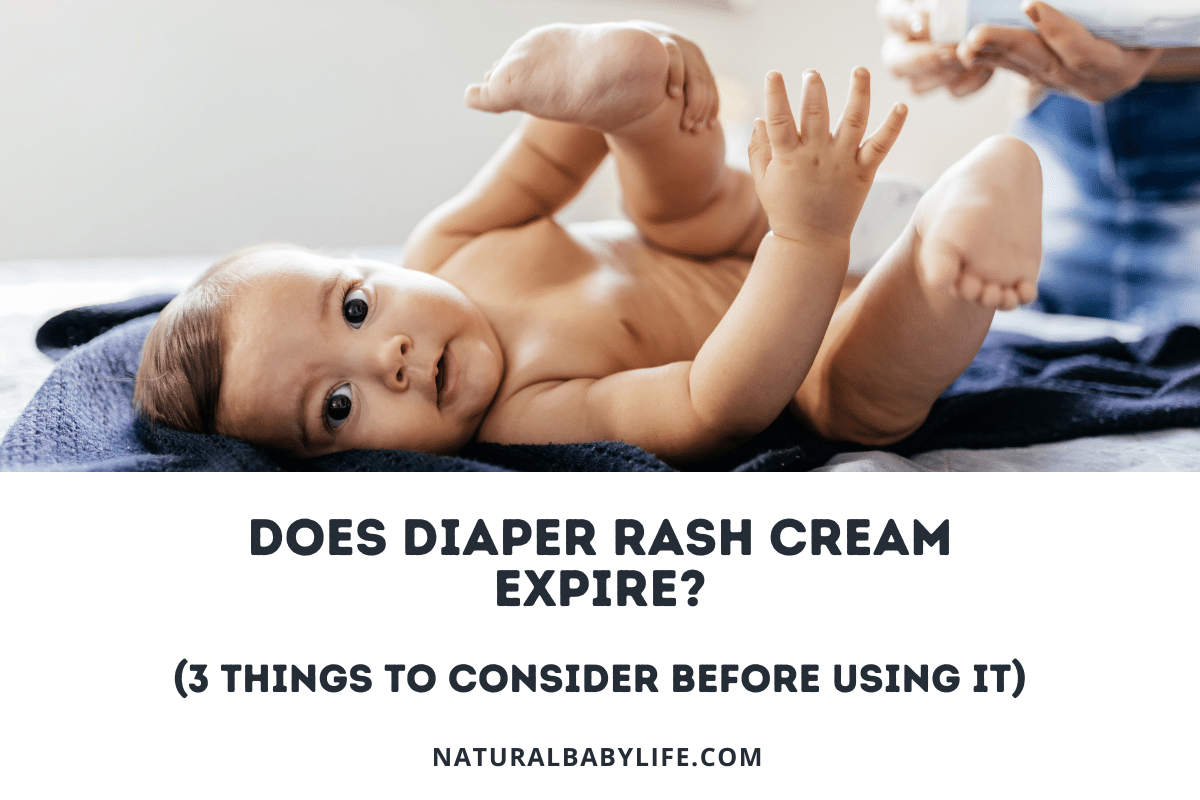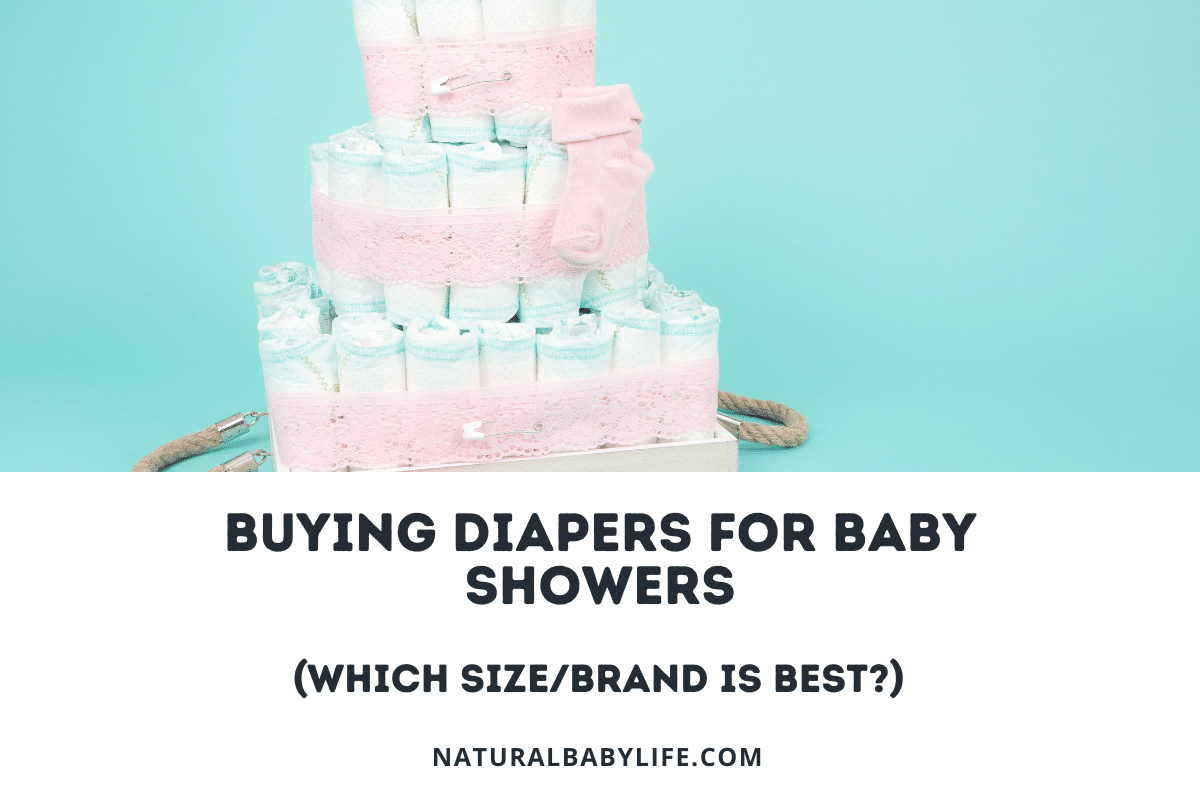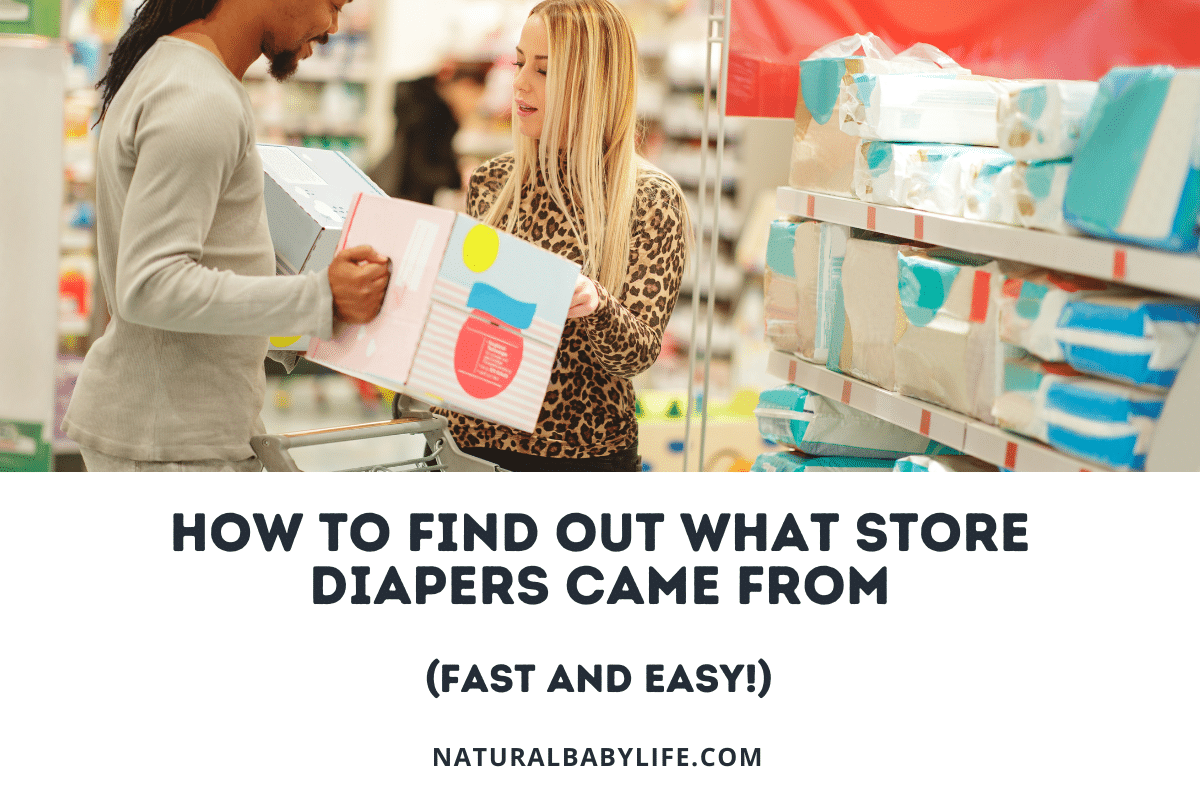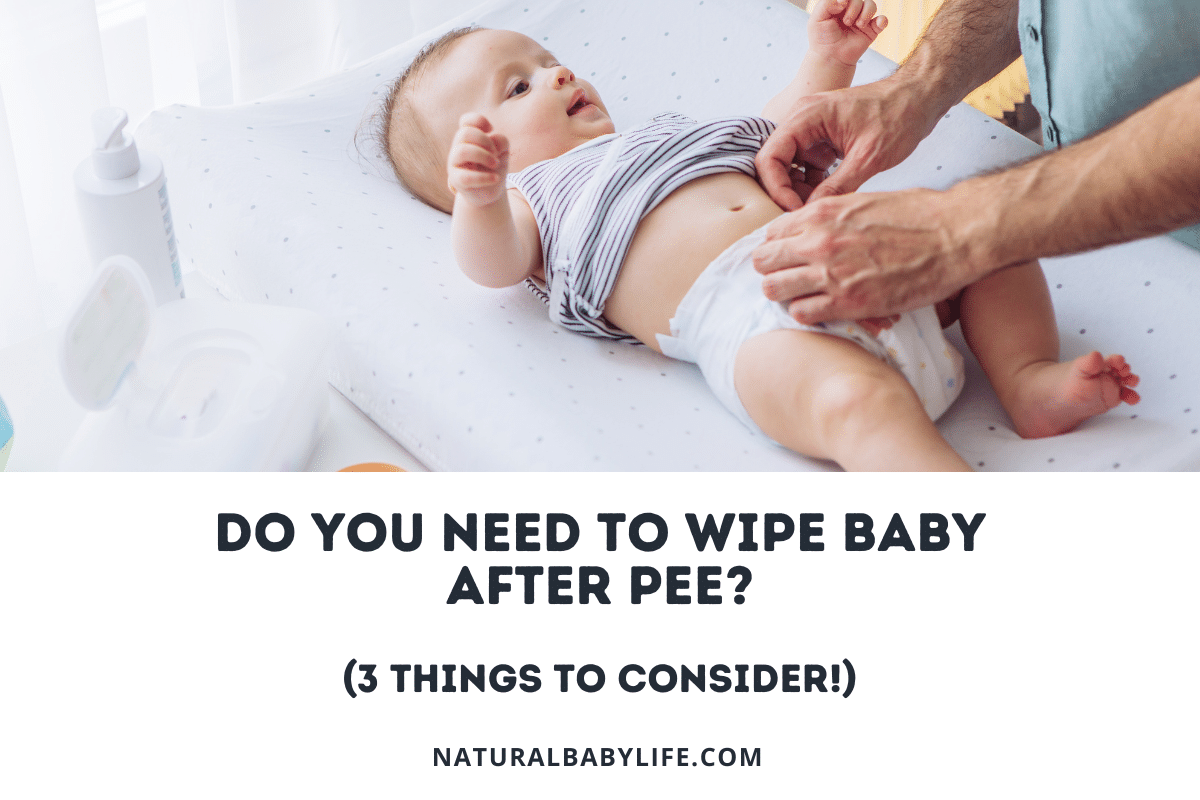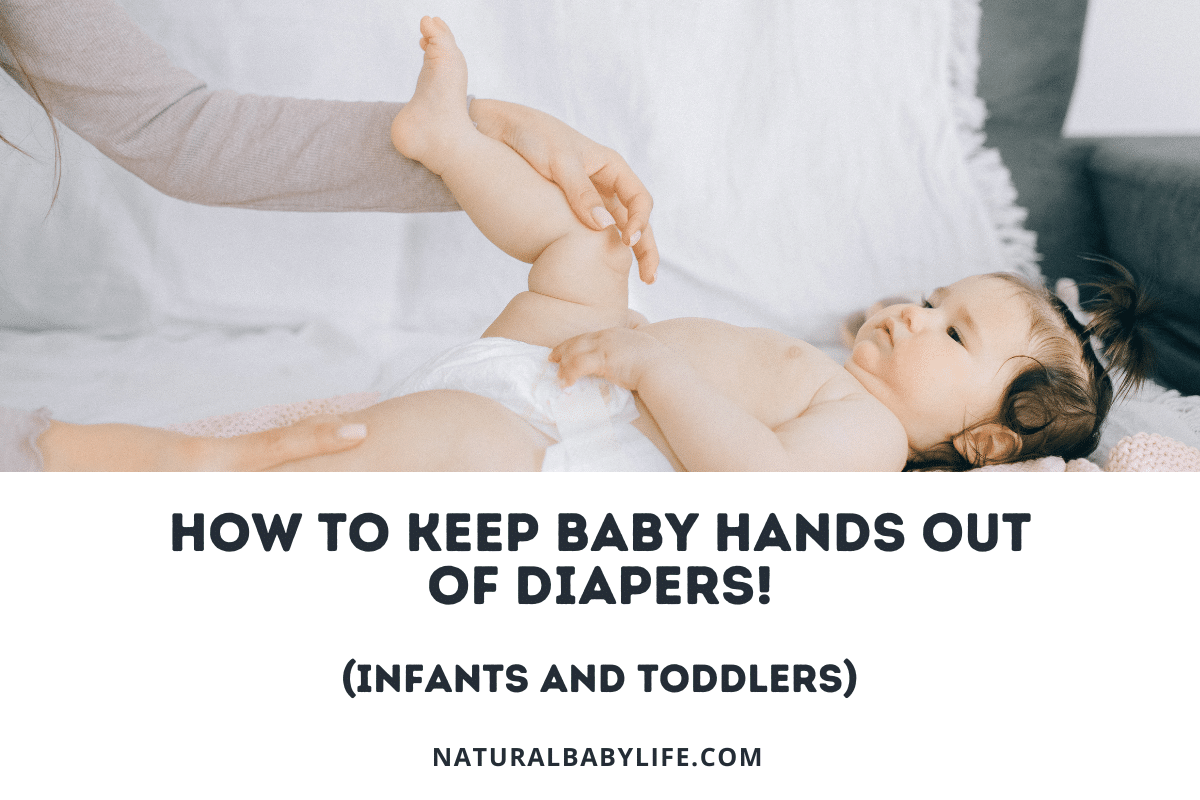A baby’s belly button is not only a cute reminder of their connection to us parents, it’s the perfect spot on their tummy for tickles, and an ideal target for blowing raspberries to make our babies giggle. But while we may have mastered the art of bonding with our baby and their adorable belly button, we may not know what to do with it when changing their diaper. Do we cover our baby’s belly button with their diaper, or leave it uncovered?
Most babies should be diapered with the diaper waistband positioned to cover their belly button to ensure proper fit. Newborn babies who have umbilical cord stumps should be diapered with the waistband positioned below the belly button to allow their umbilical cord stump to remain dry and heal – some newborn diapers even include a notch cut out.
Read on for more information on when you should diaper your baby to cover their belly button and when you should not. Plus, diapering tips for babies who still have their umbilical stump.
Table of Contents
Are diapers supposed to cover a baby’s belly button?
The minute you bring your baby home from daycare, like clockwork, they poop in their diaper. When you go to change your baby, you notice that their caregiver at daycare puts your baby’s diaper on so that it fits over your baby’s belly button completely. You have always put your baby’s diaper on with the diaper waistband below their belly button. Which way is the right way?
Whether a baby’s diaper should cover their belly button depends on whether they still have an umbilical stump. If your baby is a newborn with an umbilical stump, their diaper should not cover their belly button, but if your baby is older and does not have an umbilical stump, it should.
If the diaper isn’t placed correctly (or doesn’t fit), it could lead to excessive leaks.
Diapers should not cover the umbilical stump of a newborn
If your newborn still has their umbilical stump, it is best to diaper them so that their diaper does not cover the umbilical stump. Pediatricians recommend that the area be kept clean, dry, and exposed to air.
You can fold your baby’s diaper down or keep the waist of the diaper below their stump by pulling the diaper up higher over your baby’s bottom. Leaving their belly button uncovered by their diaper keeps the contents of your newborn’s diaper away from your newborn’s healing stump.
Keeping your baby’s diaper from covering their umbilical stump helps to lessen the likelihood of skin irritation and infection in the area.
Signs of an umbilical cord infection include:
- Fever
- A foul smell coming from the umbilical cord stump
- Redness or discoloration
- Swelling in the area
- Warm or tender skin
- Baby is fussy, uncomfortable, or extra sleepy
If you have concerns or notice any of these signs of infection, please contact your baby’s pediatrician.
Correct diaper fit after the umbilical stump falls off
Once your newborn’s umbilical stump has dried up and fallen off, you can begin to diaper your baby to cover their belly button. This is a great time for a diaper fit check, as you will need to make sure your baby’s diaper is large enough to fit over their belly button in the front while still covering your baby’s bottom in the back.
A baby’s diaper is a good fit if the waistband and leg cuffs fit snuggly but with room for two fingers underneath, it does not leave red marks on the baby’s skin, there are no gaps in diaper coverage, there is enough diaper material to cover their bottom in the back and their belly button in the front, and baby is not regularly leaking through the diaper or having poopy blowouts.
Do diaper ruffles go in or out?
Like many parents, you might be surprised to find out that the elastic ruffles on your baby’s diaper, those ruffles that frill adorably around the top of your baby’s legs, actually serve a purpose. and should be adjusted when changing your baby.
When you diaper your baby, you should pull the diaper ruffles out so they frill around their thighs. If you tuck the ruffles in and under, you are opening the floodgates.
Pulling the ruffles out gives your baby a good diaper seal around their legs and helps to prevent diaper leaks and blowouts.
How do you know when a diaper is too big?
As parents, one of our most time-consuming duties, and often our least favorite, is to change our baby’s wet and soiled diapers regularly throughout the day and sometimes in the middle of the night. And part of diaper duty is to check that our baby’s diapers are a good fit, size, and have enough absorption for our growing babies.
It’s not always easy to know when a diaper is a good fit, however.
Signs a diaper is too big:
- Excessive gaping between diaper and baby’s legs
- Excess diaper material over their belly or bottom
- Regular poopy diaper blowouts
- Regular leaks from the diaper
- Urine is streaming directly out of the diaper
- Room for more than two fingers under the elastic waist
- Room for more than two fingers beneath the diaper ruffles
How do you know when a diaper is too small?
In the quest for the perfect diaper match for our baby, we may find ourselves becoming frustrated. Despite the claims on the box of our recently purchased diapers, we discover that the diapers within are actually not the right size and fit for our baby at all. In fact, our baby had yet another poopy blowout on their car seat.
How can we tell if our baby’s diaper is too small?
Signs a diaper is too small:
- Red marks on baby’s belly or legs from the diaper
- No room for more than two fingers under the elastic waist
- No room for more than two fingers beneath the diaper ruffles
- Doesn’t cover baby’s belly up to their belly button
- Doesn’t cover baby’s bottom completely
- Leaking through diapers less than 2-3 hours after being changed

